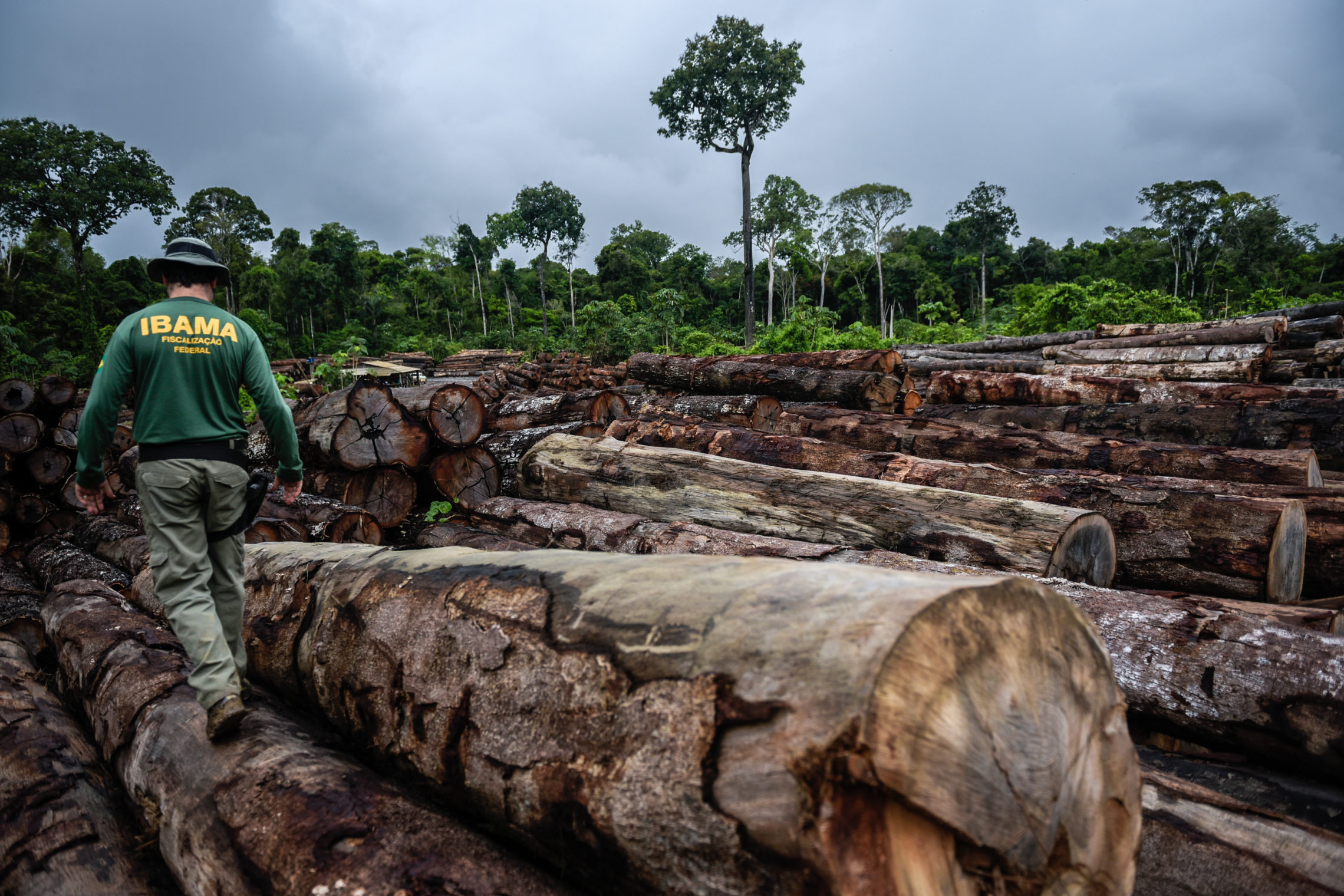A reduction in Amazon deforestation brought Brazil’s 2017 carbon emissions down 2.3% compared to the previous year, according to data released Wednesday by the System for Greenhouse Gas Emissions and Removals Estimates (SEEG).
The 12% decline in Amazon forest loss is largely attributed to Brazil’s main environmental protection agency, Ibama, having a bigger budget. But results could have been better. Destruction of the Cerrado Savannah grew 11%.
The slight fall comes even as Brazil’s economy began a sluggish recovery last year, ending a three-year long recession that ate up almost a tenth of GDP for the period. Economic growth is usually associated with an increase in emissions.
“This shows that when there is political will to fight environmental destruction, we have ways to face the challenge,” said Carlos Rittl, executive secretary of the Climate Observatory, one of the 44 members of the SEEG platform.
Brazil’s emissions are roughly the same today as they were in 1990. But this year’s 5.5% decrease in deforestation masked the continued increase of emissions from other sources, such as transportation and industry.
But if we ignore the emissions from changes in land use [or deforestation], emissions are growing, not shrinking.
“When you compare it to other developing countries, it’s a success,” Tasso Azevedo, SEEG’s technical coordinator, told a press conference. “But if we ignore the emissions from changes in land use [or deforestation], emissions are growing, not shrinking.”
Though results improved on 2016, Brazil still hasn’t managed to achieve the reduction in deforestation seen in the early 2000’s. 2014 saw record low emissions since the turn of the century. The country remains far from its goals of reducing Amazon deforestation by 80% and Cerrado deforestation by 40%.
“We are stalling, unable to move,” Azevedo said.
The Bolsonaro effect
The release of the data was marked by questions about the future as far-right president-elect Jair Bolsonaroprepares to take office. Bolsonaro has spooked environmentalists the world over with threats to quit the Paris Agreement and close the environment ministry. He has also pledged to curb the power of local environmental protection agencies.
Even during the election campaign, early figures for 2018 show deforestation shot up, Rittl said.
“The question that lingers is which Brazil is going to present itself in January,” he added. “This is the question we ask, and that the whole world asks too.”
Agribusiness will be the main sector to watch as Brazil enters this new political cycle. Currently, the sector is responsible for 71% of emissions, directly and indirectly. The numbers used to be higher, reaching nearly 90% in the 1990’s.
“Brazil has been getting better, even if timidly in the way it manages farming soil,” said Ciniro Costa, from Imaflora, another SEEG member.
Increased trade between China and Brazil in soybeans, and especially beef, has contributed to a growth in emissions.
Whilst buyers can push for suppliers to adopt greener practices, ultimately the responsibility for producing commodities sustainably lies with Brazil, Costa said.
“We have a demand, and it’s up to us how to respond to it. There are options for us to answer with lower emission rates.”

